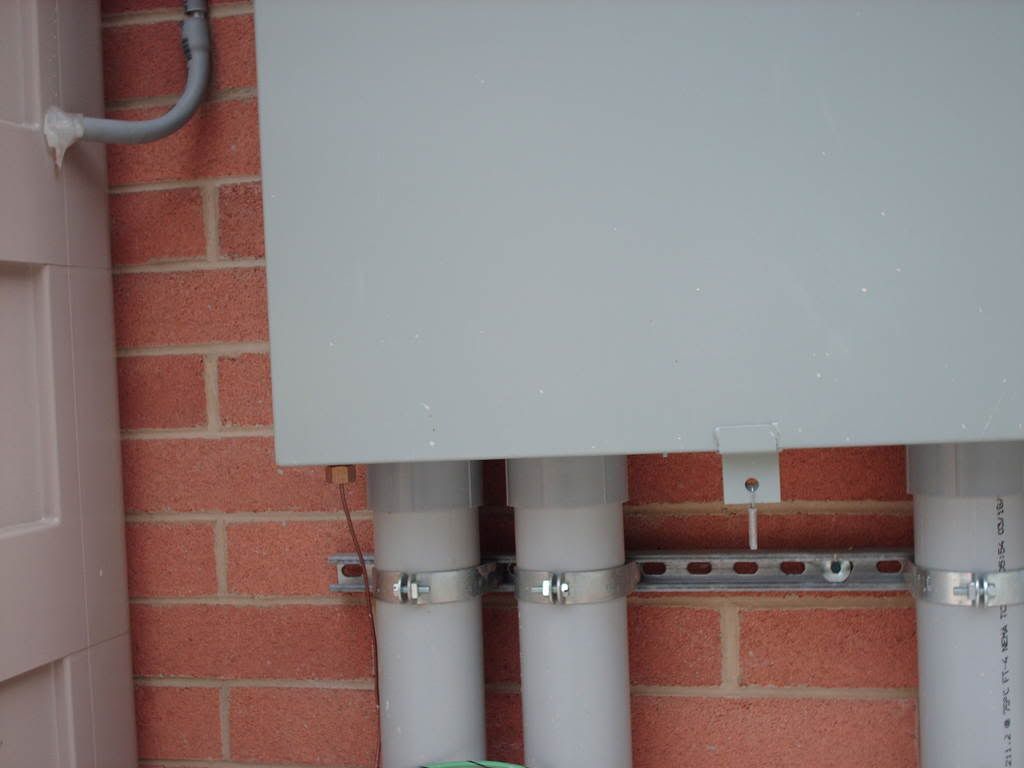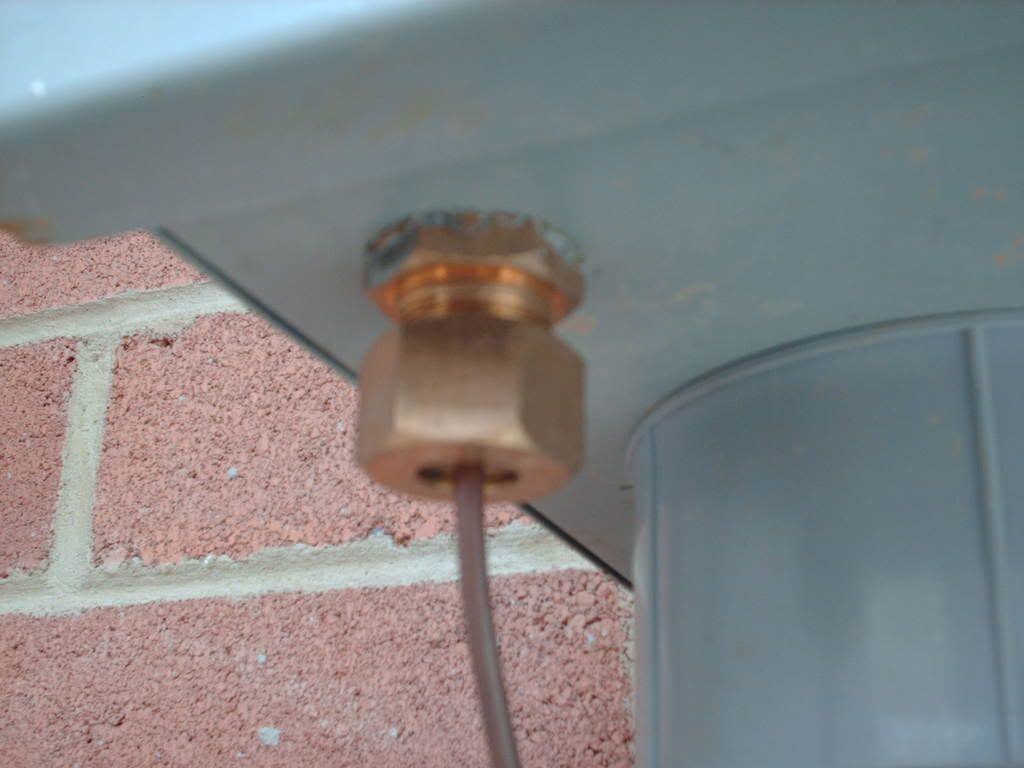timothy.collins
Member
- Location
- Florida
I have been hearing recently there is a non-practiced requirement for the GEC entering an enclosure. Common practice seems to be; route the conductor thru an existing hole or drill one. I believe there may be some data that relates to elongating the hole or cutting a U shape to prevent the heating of the enclosure due to induction in that area in the event of a fault. Has anyone seen this information and can point me in the right direction. Any comment will be greatly appriciated.



